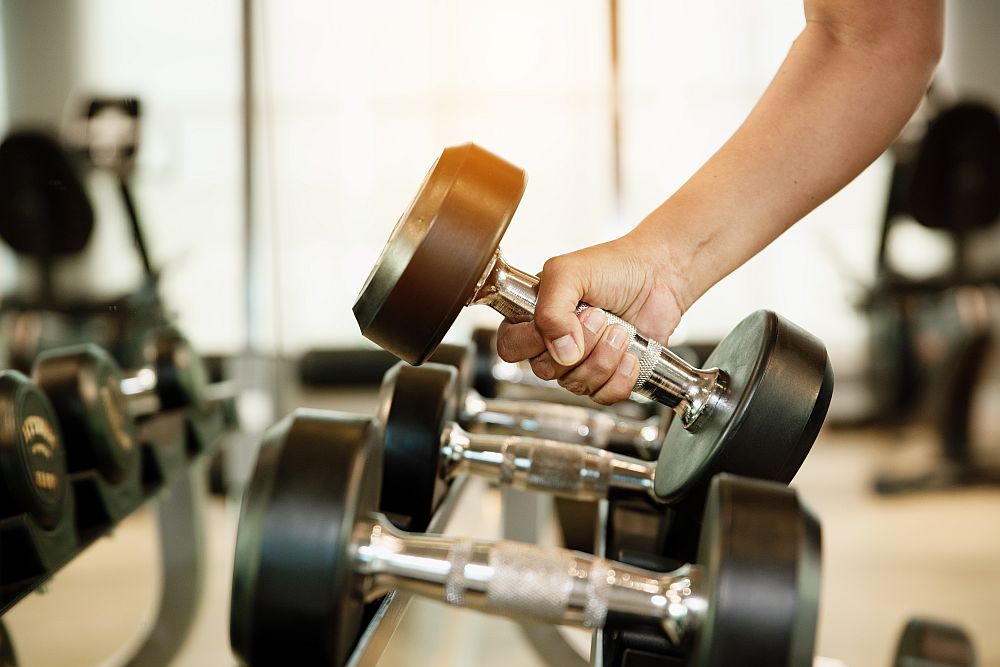
[Image above] Mixing water and batteries is usually a bad idea. But researchers at Toyohashi University of Technology discovered that adding water to electrolytes increased calcium-ion battery speed. Credit: PxHere
There are many things in life that we know we should not do, and yet we irresistibly find ourselves tempted to pursue again and again… That is, until our phones slip from our wet fingers while texting in the shower and we scramble to find a bag of uncooked rice with which to dry out the battery (spoiler: dry rice is a myth and does not help).
If there is one thing most people know about batteries, keeping them dry and safe from water is likely it. When water gets into a battery, it can disrupt the flow of electrons from the positive to negative terminal, causing the battery to short-circuit and fail. If an immediate short circuit is avoided, water will still lead to corrosion and residue—and failure. Either way, water damage spells ‘game over’ for a battery.
With the rise of renewable energy, we will increasingly rely on batteries to store energy, especially as the cost of batteries continues to drop in comparison to other storage methods. However, recent media coverage of batteries combusting in phones, in cars, and even scooters highlights the need to develop new and safer battery technologies.
One option for a new battery design is to replace lithium with a different element, such as calcium. Calcium-ion batteries are safer and cheaper to produce in comparison to lithium-ion batteries, but calcium-ion batteries operate at considerably slower speeds (they do not charge and discharge as quickly).
How can calcium-ion batteries be modified so they operate at speeds similar to lithium-ion batteries? In the case of one team of researchers, they tried to increase speed by taking that common knowledge of water avoidance and throwing it out the window—and then throwing water in.
In a recent paper, Yoshiaki Murata, Ph.D. student and first author of the study, and his colleagues at Toyohashi University of Technology described how they found calcium-ion battery speed noticeably increased when water was added to the electrolyte. The finding, though, was not the study’s original focus.

Adding water decreased the difference in voltage (overvoltage) between charge and discharge of the calcium-ion battery, increasing its speed. Credit: Toyohashi University of Technology
“Electrolytes need to be sufficiently dehydrated when they are developed, but this dehydration process is difficult,” say the researchers in a press release. While testing new electrolytes, the researchers noticed one of their batteries improved even though it was insufficiently dehydrated. This discovery led them to investigate further what was going on, and that is when they discovered adding water to the electrolyte could actually improve performance.
“The electrolyte is made up of positive ions (calcium ions), negative ions and solvent molecules,” Murata explains in the press release. When water was added, it caused the solvent molecules around the calcium ion to decrease, and it separated the negative ion from the calcium ion. The result? The difference in voltage (overvoltage) between charge and discharge decreased, thereby increasing the battery’s speed.

Adding water to the electrolyte of calcium-ion batteries caused the solvent around the calcium ion to decrease and the negative ion to separate from the calcium ion. Credit: Toyohashi University of Technology
Do not expect water-dunking to be the future of battery technology, though. “The discovery of this phenomenon will surely help with future electrolyte development,” Murata says. But, “we still need to discover an electrolyte with these characteristics that does not include water in order to achieve calcium-ion batteries.”
The paper, published in Electrochimica Acta, is “Effect of water in electrolyte on the Ca2+ insertion/extraction properties of V2O5” (DOI: 10.1016/j.electacta.2018.10.103).
Author
Lisa McDonald
CTT Categories
- Basic Science
Related Posts
‘Fairy circles’ may help mark natural underground hydrogen deposits
September 18, 2025


